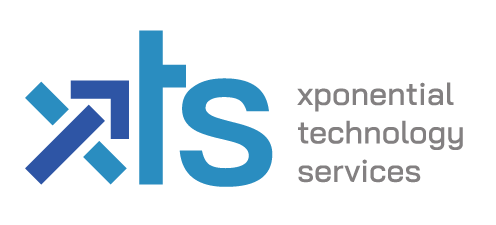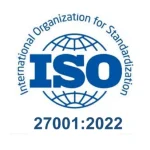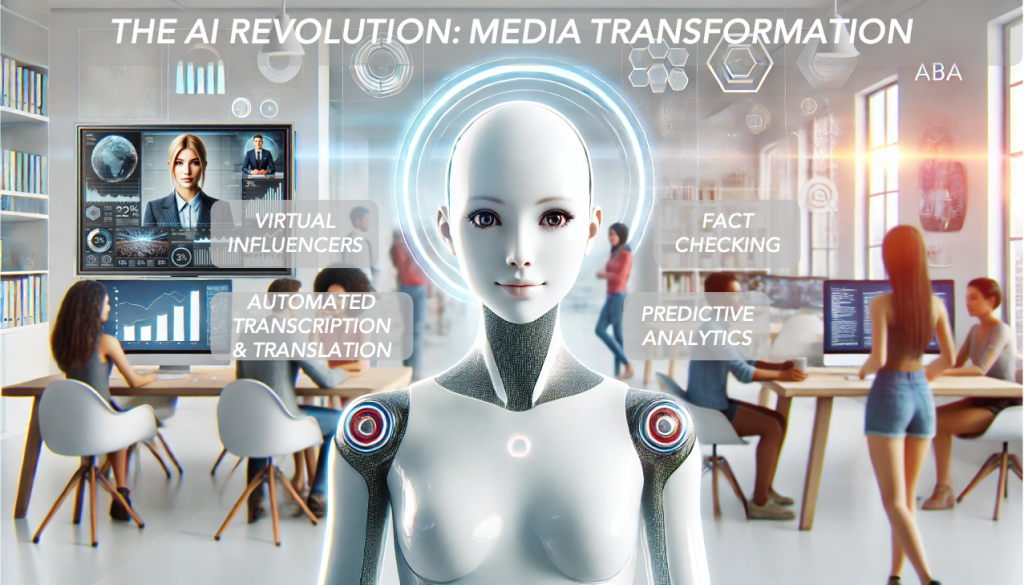The Eureka Moment
Our journey with AI took a decisive turn during the holiday season of 2023 when we had our eureka moment. We discovered that we could leverage ChatGPT in a way we hadn’t previously imagined – for large-scale data processing and analysis. We realized we could upload extensive database files containing thousands of records directly into ChatGPT.
The impact of this discovery was immediate and substantial:
- Time Efficiency: What previously took about 2-3 weeks of collective work was accomplished in just 2 days, even including extensive R&D.
- Enhanced Analytics: We were able to clean, repurpose, and query the data in ways we had never thought possible. This allowed us to publish analytics that significantly enabled our sales outreach strategy, providing insights that were previously time-consuming to obtain.
- Improved Work-Life Balance: The efficiency gained allowed us to add a full week of holidays for everyone in the team during the typically slow market activity period.
Tools Implemented
Building on our initial success, our sales team began using a suite of AI and RPA tools like Clay, Waalaxy, Autobound, Bardeen, Apollo, LinkedIn Sales Navigator, and Zoho CRM, each serving a specific purpose in our sales process. These tools have become essential in transforming how we approach prospecting and client engagement.
Impact on Sales Development Representatives (SDRs)
The integration of these tools has fundamentally changed the role of our SDRs. Previously, they spent a significant portion of their time on manual, repetitive tasks such as building contact databases, verifying information, and crafting individual pitch emails. Now, their focus has shifted to more strategic, high-value activities.
Our SDRs have embraced this change, developing new skills to maximize the potential of our AI tools. They’ve learned to:
- Train AI tools to mimic their unique writing styles
- Utilize RPA for efficient web-scraping and lead generation
- Analyze AI-generated insights to create hyper-personalized pitches
- Mine accounts deeper and understand the possible requirement of organizations that XTS is best suited to service.
This shift has allowed our SDRs to spend more time understanding each prospect’s specific needs and tailoring our offerings accordingly.
Measurable Improvements
The impact of our AI integration has been nothing short of remarkable:
- Cold-email open rates have consistently ranged between 30-35%, with some campaigns reaching as high as 47%.
- Click-rates have increased to an average of 30%.
- SDR efficiency has tripled, with each representative now managing three simultaneous campaigns instead of one.
- Lead generation and prospect database building have accelerated significantly, eliminating SDR wait times for quality leads.
These improvements have not only boosted our sales performance but have also allowed us to be more agile in our approach. We can now quickly test different campaigns, identify which ones gain traction, and pivot our strategies accordingly.
Tools Utilized
On the marketing side, we’ve incorporated AI tools like ChatGPT, Claude, Synthesia, and Canva. These tools have enabled us to accelerate the creation of marketing collateral and improve the quality of our outputs.
Improvements in Collateral Creation
One of the most significant improvements we’ve seen is in our case study creation process. Here’s how we’ve optimized this:
- We initially created a set of high-quality, manually expert written case studies.
- These case studies were used to train our AI tools, particularly ChatGPT.
- We then feed the AI the same basic inputs we receive from our delivery and architecture teams.
- Our marketing team analyzes the gap between the AI-generated output and our manually created benchmark.
- We iteratively refine the AI’s output by providing additional context and guidance.
This process has dramatically reduced the time required to create compelling case studies while maintaining our high standards of quality.
AI-Driven Creative Process and POC Approach
Our marketing strategy has been revolutionized by our ability to rapidly iterate and test ideas using AI tools. This new approach has given us a significant edge in our marketing efforts:
- Multiple Creative Variations: We can now create multiple creative variations around a single marketing material quickly and efficiently.
- Rapid Feedback Integration: The speed of AI-generated content allows us to gather quick feedback on these variations.
- Refined Winning Ideas: We then take the most promising concepts and refine them further with closer expert input.
- POC-Driven Edge: This process has given us a Proof of Concept (POC) driven edge in our marketing. We use AI tools to create the initial POC rapidly.
- Expert-Guided MVP and Final Product: The Minimum Viable Product (MVP) and final product are then developed under expert supervision, with AI used as needed for iterations and refinements.
This approach allows us to test ideas quickly, fail fast when necessary, and focus our resources on the most promising concepts. It has significantly reduced the time and cost associated with marketing campaigns while improving their effectiveness.
Benefits to the Marketing Function
The integration of AI tools and our new POC-driven approach has yielded numerous benefits for our marketing team:
- Faster production of purpose-built collaterals
- Enhanced data analysis capabilities, allowing for more evidence-based decision making
- Significantly reduced research time without compromising on quality
- Ability to create more diverse content types, including AI-generated videos and infographics
- Rapid prototyping and testing of marketing concepts
- More efficient use of expert time and resources
These improvements have allowed our marketing team to be more productive, creative, and strategic, focusing on high-impact activities rather than getting bogged down in time-consuming manual tasks.
Our AI implementation journey wasn’t without its challenges. Initially, we faced resistance from team members who felt that manual processes were faster and more reliable. Some were skeptical about the time investment required to train the AI tools effectively.
To overcome these challenges, our leadership team took a proactive approach:
- We emphasized the importance of long-term gains over short-term efficiency.
- We encouraged team members to view AI training as an investment in their own skills and the company’s future.
- We developed a culture of continuous learning and improvement, where even asking the AI tool 50 questions to improve its understanding was seen as valuable work.
Over time, as team members began to see the results of their efforts in training the AI, resistance turned into enthusiasm. Now, our team willingly dedicates significant time to training new AI applications, understanding that the payoff in efficiency and quality is well worth the initial investment.
The integration of AI and RPA tools has had far-reaching impacts on our operations:
- Lean team structure: We’ve been able to accomplish more with a smaller, more focused team.
- Defined roles: Each team member now has clearer responsibilities, with AI handling many of the routine tasks.
- Improved alignment with KPIs and KRAs: Our AI tools provide more accurate data, allowing for better performance tracking and goal-setting.
- Enhanced predictability and transparency: AI-driven insights have improved our forecasting abilities and provided clearer visibility into our sales and marketing processes.
- Faster time-to-market: Our POC-driven approach in marketing has significantly reduced the time from concept to campaign launch.
- Accelerated professional growth and enhanced client relationships: With AI handling routine tasks, our sales and marketing team members have experienced rapid upskilling in high-value areas. This transformation has been multifaceted:
- Focused skill development: Team members now invest time in acquiring advanced skills and relevant certifications that directly contribute to client value.
- Elevated client interactions: Armed with deeper industry knowledge and advanced skills, our team engages in more meaningful, cohesive, and value-adding exchanges with prospects and clients from the very first interaction.
- Improved rapport and trust: The enhanced quality of engagement has significantly boosted our ability to build strong relationships and trust with clients.
- Expanded business opportunities: Our team’s elevated expertise has improved our success rate in securing new customers and identifying additional ways to assist existing clients.
- Continuous learning culture: This upskilling trend has fostered a culture of continuous improvement, keeping our team at the forefront of industry developments.
This rapid upskilling and its positive impacts on client relationships have created a virtuous cycle, enhancing our team’s job satisfaction, improving client outcomes, and driving business growth.
personalization techniques, for one of our B2B demand generation clients.
The results were astounding. Our client saw a dramatic increase in their lead generation and conversion rates, mirroring the improvements we had experienced internally. This success has not only strengthened our relationship with this client but has also opened up new opportunities for us to offer AI-enhanced services to other clients.
- Shift to engagement-focused approach: AI tools will allow our teams to focus more on meaningful engagements rather than transactional interactions.
- Deeper personalization: With AI handling data analysis and initial outreach, our teams can dedicate more time to understanding and addressing each prospect’s unique needs.
- Market insights: AI-driven analysis will provide deeper insights into market trends and client needs, allowing us to stay ahead of the curve.
- Team evolution: As AI takes over routine tasks, we anticipate our team members will have more opportunities for strategic thinking and creative problem-solving, accelerating their professional growth.
- Continuous innovation: Our POC-driven approach will enable us to stay at the forefront of marketing trends, constantly testing and refining new ideas.
- Share Your Story: How has AI transformed your business support and client engagement processes? What challenges have you faced, and how did you overcome them?
- Lessons Learned: What key insights have you gained from implementing AI in your organization? Are there any pitfalls you’d advise others to avoid?
- Future Visions: How do you see AI shaping the future of client service and team nurturing in your industry?
- Collaborative Opportunities: Are there areas where you believe cross-industry collaboration could accelerate AI adoption and innovation?
The integration of AI and RPA into our sales and marketing processes at XTS has fundamentally changed how we operate. From achieving dramatic improvements in efficiency and effectiveness to enhancing our team’s job satisfaction, AI has provided us with the competitive edge we needed to stand out. Our eureka moment with ChatGPT—when we swiftly processed vast amounts of data—demonstrated that AI could not only streamline operations but also positively impact our team’s work-life balance, giving them more time for creativity and strategic focus.
In adopting a more agile, POC-driven marketing approach, AI has allowed us to refine strategies with unprecedented speed, positioning XTS as a leader in the industry. But this journey isn’t without its challenges, and it reminds us of a line from a James Bond film where Q talks about complex systems that seem to “fight back.” Mastering AI feels like solving an ever-changing puzzle—just when you think you’ve figured it out, it reshuffles itself, offering new challenges and opportunities. This constant evolution keeps us on our toes, pushing us to adapt and grow.
Ultimately, while we may never truly “solve” the AI puzzle, it’s the continuous process of learning and adaptation that drives our progress. As AI continues to reshape the business landscape, XTS is prepared to embrace change, stay curious, and evolve—always ready for the next challenge. And as Q might say, the game is never over; the fun is in the chase.






